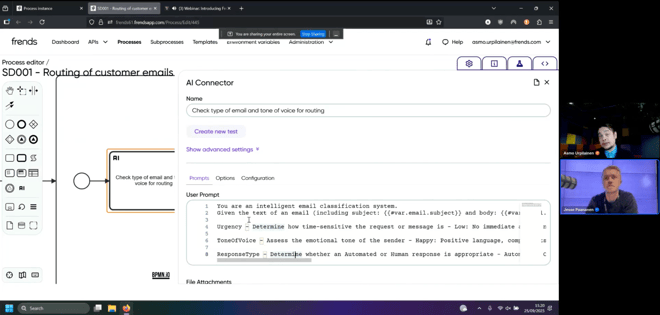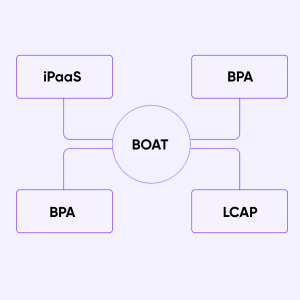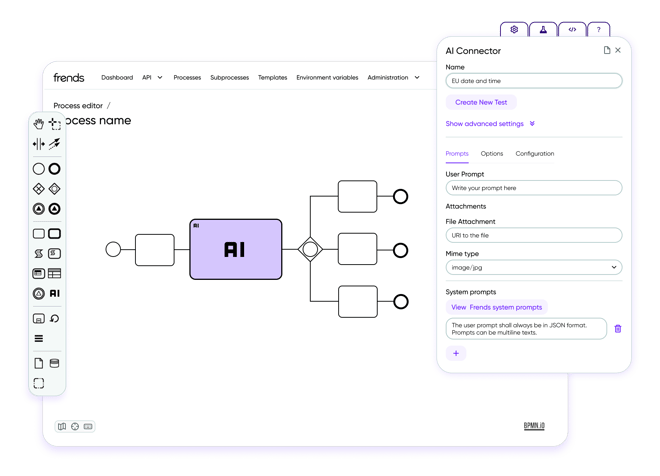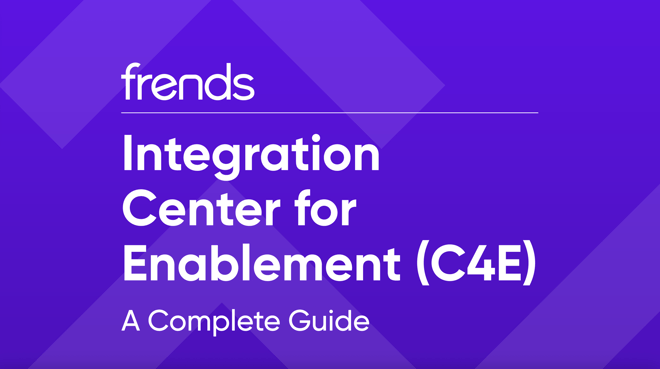Trends
Insights
Trends and industry updates
The latest on all things automation and integration
.jpg?width=660&height=660&name=JI7A9694%20copy%20(1).jpg)
Trends
Smart cities start with IT: Why integration matters for every municipality
.png?width=660&height=660&name=From%20RPA%20to%20agentic%20workflows_featured%20image%20(1).png)
Product
From RPA to agentic workflows: How iPaaS delivers secure, ROI-driven automation in 90 days
.jpg?width=660&height=660&name=energy1%20(1).jpg)
Trends
Why iPaaS is the backbone of data-driven sustainability

Product
Even the best AI is useless if you can’t connect it to your business, says CTO Asmo Urpilainen

Trends
The future of integration: iPaaS, AI, and the rise of BOAT
Product
5 automation features that save you hours every week
Trends
Climate regulation is surging. Integration is how we keep up

Product
Scaling beyond AI pilots: Introducing the Intelligent AI Connector in Frends 6.1

The best integration platforms (iPaaS) for European businesses in 2025 and how to compare them

Trends
From control to collaboration: Why the Integration Center for Enablement is the future of integration strategy
%20(1).png?width=660&height=660&name=chatgpt%20article_1%20(1)%20(1).png)
Trends
ChatGPT-5 broke your workflows: Why you should care about governance and integration
.jpg?width=660&height=660&name=healthcaredata%20(2).jpg)
Trends